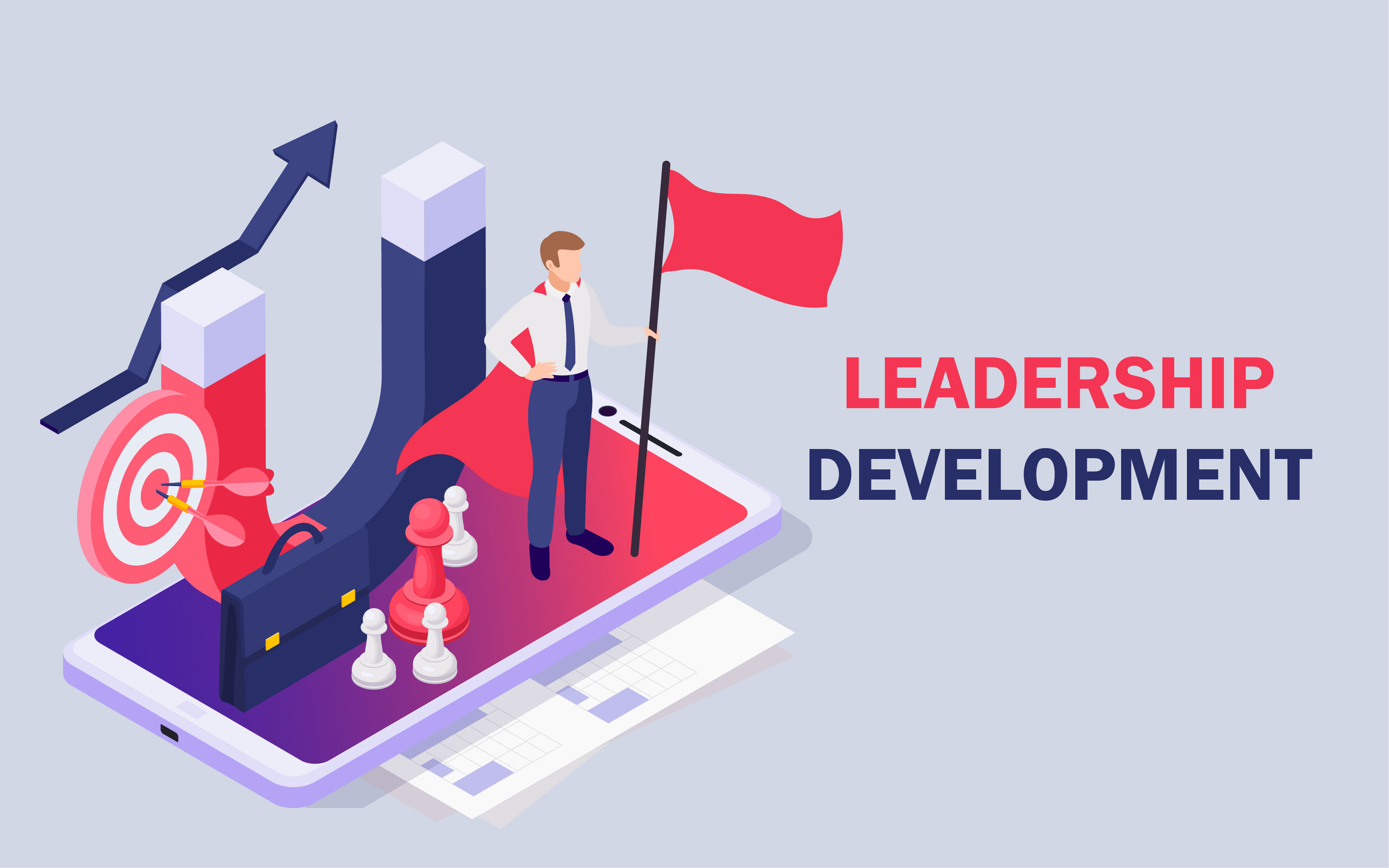A short discussion on Leadership Development & its Importance.
Sat, 30 Dec 2023

Follow the stories of academics and their research expeditions
Title: Effective guide on Information Technology.
Information technology (IT) encompasses the utilization of computers,
software, networks, and other digital tools to store, manipulate, and convey
data and information. It has
evolved into an indispensable element across business, education, government,
healthcare, and numerous other domains, reshaping our daily lives and
professional endeavors. This blog aims to delve into the vast and dynamic realm
of information technology, exploring its latest trends, breakthroughs, and the
profound impact it has on our daily lives.
Information technology (IT) is the use of computer systems to manage, process, protect, and
exchange information. It's a vast field of expertise that includes a
variety of subfields and specializations. The common goal between them is to use
technology systems to solve problems and handle information.
Key components of information technology
Information Technology (IT) encompasses a broad range of components
that work together to manage, process, store, and communicate information.
These components are essential for the functioning of IT systems and
infrastructure. Here are key components of information technology:
Cybersecurity:
v Firewalls: Security barriers
that monitor and control incoming and outgoing network traffic.
v Antivirus
Software: Programs designed to detect, prevent, and remove malicious software
(malware).
v Encryption: The process of
converting data into a coded format to protect it from unauthorized access.
Software is further classified into 3 types:
v System Software
v Application
Software
v Procedures
Data:
Databases: Structured collections of data organized for efficient
retrieval and management.
Data Storage: Facilities and systems for storing and retrieving digital
data, including cloud storage, on-premises servers, and external drives.
Networks:
v Local Area Network
(LAN): A network connecting devices within a limited geographical area, such
as an office or building.
v Wide Area Network
(WAN): A network that covers a broad area, often connecting multiple LANs
across different locations.
v Internet: A global network connecting millions
of computers and networks, enabling communication and information exchange.
Communication Technologies:
v Email Systems:
Platforms for electronic mail communication.
v Unified Communication:
Integration of various communication methods, such as voice, video, and
messaging, into a single platform.
v Collaboration
Tools: Software facilitating teamwork and document sharing.
Advantages of Information Technology
Information Technology (IT) plays a pivotal role in modern society,
influencing various aspects of our personal and professional lives. The
benefits of information technology are diverse and impact individuals,
businesses, and society as a whole. Here are some key advantages:
Efficiency and Productivity:
Automation of repetitive tasks and business processes leads to
increased efficiency. Streamlined communication and collaboration tools enhance
productivity in both personal and professional settings. Time-saving
applications and software allow for quicker decision-making.
Global Connectivity:
The internet and advancements in networking technologies enable instant
global communication. Businesses can reach a global audience, fostering
international trade and collaboration. Individuals can connect with friends,
family, and colleagues worldwide, breaking down geographical barriers.
Greater
innovation:
IT has facilitated greater
innovation by providing access to new technologies, tools, and platforms that
enable individuals and organizations to create, share, and collaborate on new
ideas and solutions.
Business
Transformation:
E-commerce platforms and online marketplaces facilitate business
transactions, reaching a broader customer base. Customer relationship
management (CRM) systems help businesses manage interactions with customers, improving
customer satisfaction. Data analytics and business intelligence tools support
data-driven decision-making for strategic planning.
Education and
Learning:
Online learning platforms make education accessible to a global
audience. Interactive educational software enhances engagement and
understanding. Learning management systems streamline administrative tasks for
educational institutions.
Environmental
Impact:
Digitalization reduces the need for paper and physical resources,
contributing to environmental sustainability. Smart technologies enable
energy-efficient solutions, optimizing resource consumption. Remote work and
virtual meetings reduce the carbon footprint associated with commuting and
travel.
The benefits of information technology continue to evolve with ongoing
advancements, driving progress and shaping the way we live and work in the
digital age.
So, by the end now we have a better understanding of what is
information technology. Information Technology is the backbone of the modern
technological industry. This helps us identify how to make our business
flourish. It also helps us to make informed decisions about the various aspects
of the benefits of technology. It helps to seamlessly back up data and create a
sustainable platform to store and back up data.
Sat, 30 Dec 2023

Sat, 30 Dec 2023

Leave a comment